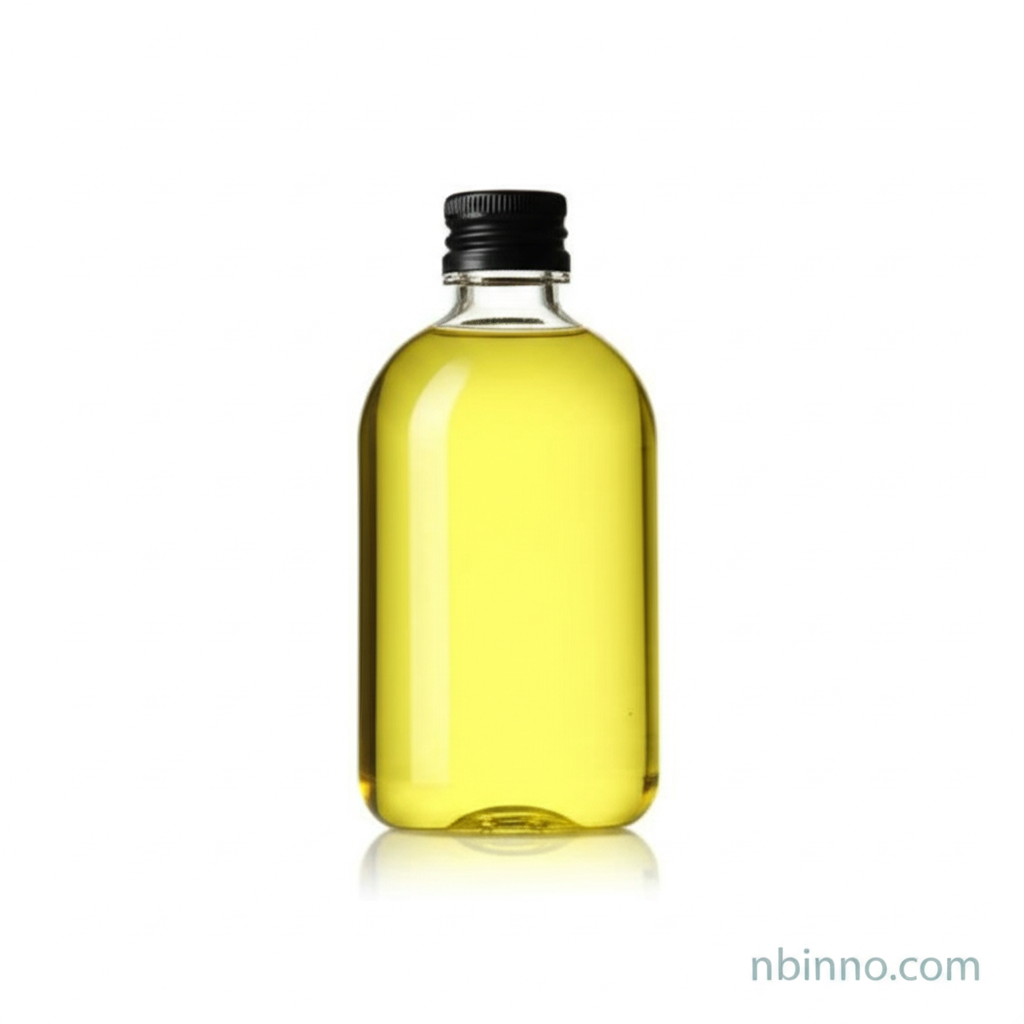Di(2-ethylhexyl) Azelate (CAS 103-24-2): A Versatile Industrial Ester
Explore the properties and applications of this key plasticizer and industrial chemical.
Get a Quote & SampleProduct Core Value

Di(2-ethylhexyl) Azelate
Di(2-ethylhexyl) Azelate (CAS 103-24-2) is a crucial ester widely recognized for its utility as a high-performance plasticizer and its role in the electronic chemicals sector. Its unique properties make it indispensable in various demanding industrial applications, offering enhanced flexibility and durability to polymers.
- Key Features: This substance, also known as Bis(2-ethylhexyl) Azelate, exhibits excellent solubility in organic solvents like alcohol, acetone, and benzene, while remaining insoluble in water, a characteristic vital for many formulations.
- Synthetic Pathway: The production of Di(2-ethylhexyl) Azelate typically involves the esterification reaction between 2-ethylhexanol and azelaic acid, catalyzed by an acid, a well-established process for creating this functional ester.
- Industrial Significance: Its primary application as a plasticizer highlights its ability to improve the processability and performance characteristics of various polymeric materials, making it a sought-after compound.
- Chemical Profile: With a molecular formula of C25H48O4 and a molecular weight of 412.65, it presents a clear, colorless to pale yellow oily appearance, suitable for sensitive manufacturing processes.
Advantages and Benefits
Enhanced Flexibility
Utilizing Di(2-ethylhexyl) Azelate can significantly improve the flexibility of polymers, a critical factor for applications requiring resilience and good low-temperature performance.
Superior Solubility
Its excellent solubility in common organic solvents facilitates easier incorporation into various formulations, streamlining manufacturing processes for electronic chemicals.
Chemical Stability
The ester's inherent chemical stability contributes to the longevity and reliability of end products, ensuring consistent performance under various conditions.
Key Applications
Plasticizers
As a primary plasticizer, it enhances the flexibility, workability, and durability of plastics, essential for producing flexible PVC products and other polymer formulations.
Coatings Industry
In coatings, it can act as a coalescing agent or plasticizer, improving film formation, adhesion, and flexibility of paints and varnishes.
Adhesives and Sealants
Its inclusion in adhesives and sealants can improve their flexibility, tack, and overall performance characteristics, contributing to more robust bonding solutions.
Electronic Chemicals
Within the electronic chemicals sector, it may be used in specialized formulations where precise control over material properties is paramount.
